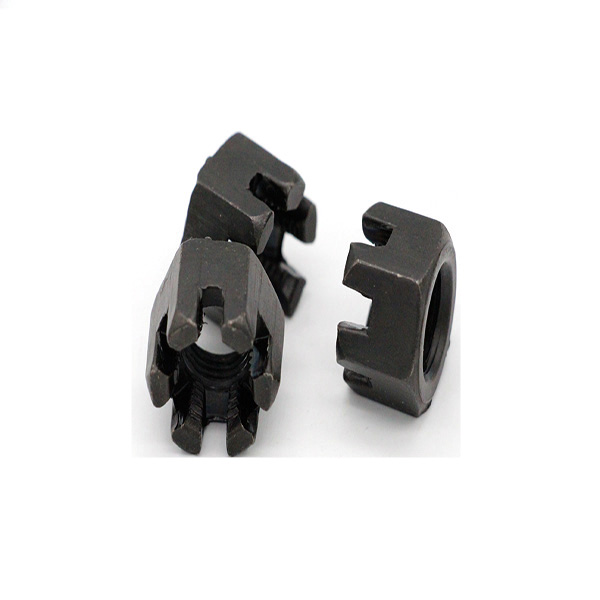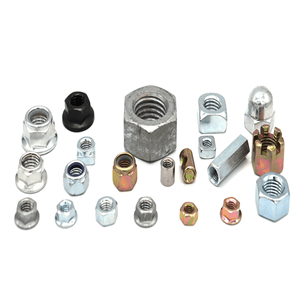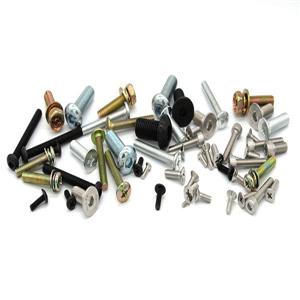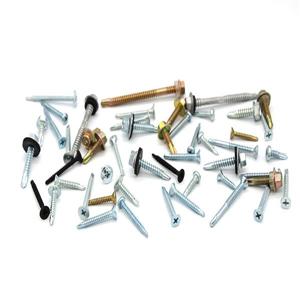This article thoroughly understands normalizing, annealing, quenching, and tempering!(2)
3 What is normalization?
Normalizing is a type of heat treatment that improves the toughness of steel. After heating the steel member to 30 ~ 50 ° C above the Ac3 temperature, the steel member is kept in the oven for a period of time and air-cooled. The main feature is that the cooling rate is faster than annealing and lower than quenching. During normalizing, the crystal grains of steel can be refined in a slightly faster cooling, which not only can obtain satisfactory strength, but also can significantly improve toughness (AKV value) and reduce Cracking tendency of components. —After normalizing treatment of some low-alloy hot-rolled steel plates, low-alloy steel forgings and castings, the comprehensive mechanical properties of the material can be greatly improved, and the cutting performance is also improved.
Normalizing has the following purposes and uses:
① For hypoeutectoid steel, normalizing is used to eliminate the overheated coarse-grained structure and Weiss structure of cast, forged, and welded parts, and the band structure in rolled materials; refine grains; and can be used as pre-heat treatment before quenching.
② For hypereutectoid steel, normalizing can eliminate reticulate cementite and refine pearlite, which not only improves mechanical properties, but also facilitates subsequent spheroidizing annealing.
③ For low-carbon deep-drawn sheet steel, normalizing can eliminate free cementite at the grain boundaries to improve its deep-drawing performance.
④ For low-carbon steels and low-carbon low-alloy steels, normalizing can obtain more fine flaky pearlite structures, increase the hardness to HB140-190, avoid the "sticky knife" phenomenon during cutting, and improve cutting processability . For medium carbon steel, normalizing and normalizing are more economical and convenient when both normalizing and annealing are available.
⑤ For ordinary medium carbon structural steels, where the mechanical properties are not high, normalizing can be used instead of quenching and high temperature tempering, which is not only easy to operate, but also makes the structure and size of the steel stable.
⑥ Normalizing at high temperature (150 ~ 200 ℃ above Ac3) Due to the higher diffusion speed at high temperature, the segregation of components in castings and forgings can be reduced. The coarse grains after high temperature normalization can be refined by the subsequent lower temperature normalization.
For some low and medium carbon alloy steels used in steam turbines and boilers, normalizing is often used to obtain bainite structure, and then tempered at high temperature, it has good creep resistance at 400 ~ 550 ℃.
⑧ In addition to steel and steel, normalizing is also widely used in the heat treatment of nodular cast iron to obtain a pearlite matrix and improve the strength of nodular cast iron.
Because normalizing is characterized by air cooling, the ambient temperature, stacking method, airflow, and workpiece size all have an impact on the structure and performance of normalizing. Normalized structure can also be used as a classification method for alloy steel. Generally, alloy steel is divided into pearlite steel, bainite steel, martensitic steel, and austenitic steel based on the structure obtained by heating a sample with a diameter of 25 mm to 900 ° C and air cooling.

4 What is annealing?
Annealing is a metal heat treatment process that slowly heats the metal to a certain temperature, holds it for a sufficient time, and then cools it down at a suitable rate. Annealing heat treatment is divided into complete annealing, incomplete annealing and stress relief annealing. The mechanical properties of the annealed material can be tested by tensile tests or hardness tests. Many steels are supplied in annealed and heat-treated state. The hardness of steel can be tested using Rockwell hardness tester to test HRB hardness. For thinner steel plates, steel strips and thin-walled steel pipes, surface Rockwell hardness tester can be used to test HRT hardness. .
The purpose of annealing is to:
① Improve or eliminate various structural defects and residual stress caused by steel in the process of casting, forging, rolling and welding, and prevent workpiece deformation and cracking.
② Soften the workpiece for cutting.
③ Refine the grains and improve the structure to improve the mechanical properties of the workpiece.
④ Prepare the structure for final heat treatment (quenching, tempering).
Common annealing processes are:
① Completely annealed. It is used to refine the coarse superheated structure with poor mechanical properties after casting, forging and welding of medium and low carbon steel. The workpiece is heated to a temperature of 30-50 ° C above the temperature at which ferrite is completely transformed into austenite, and is held for a period of time, and then slowly cooled with the furnace. During the cooling process, the austenite is transformed again to make the structure of the steel fine .
② Spheroidizing annealing. To reduce the high hardness of tool steel and bearing steel after forging. The workpiece is heated to a temperature between 20 and 40 ° C above the temperature at which the steel begins to form austenite, and then slowly cooled after the heat preservation. During the cooling process, the lamellar cementite in the pearlite becomes spherical, thereby reducing the hardness.
③ Isothermal annealing. Used to reduce the high hardness of some alloy structural steels with higher nickel and chromium content for cutting. Generally, it is first cooled to the most unstable temperature of austenite at a relatively rapid rate, and after holding for an appropriate time, the austenite is transformed into toustenite or sorbite, and the hardness can be reduced.
④ Recrystallization annealing. It is used to eliminate the hardening phenomenon (increased hardness and decreased plasticity) of metal wires and sheets during cold drawing and cold rolling. The heating temperature is generally 50 to 150 ° C below the temperature at which the steel begins to form austenite. Only in this way can the work hardening effect be eliminated and the metal softened.
⑤ Graphitized annealing. Used to make cast iron containing a large amount of cementite into malleable cast iron with good plasticity. The technical operation is to heat the casting to about 950 ° C, and then cool it properly after holding for a certain period of time to decompose the cementite to form flocculent graphite.
⑥ Diffusion annealing. It is used to homogenize the chemical composition of alloy castings and improve its performance. The method is to heat the casting to the highest possible temperature without melting, and keep it warm for a long time, and then slowly cool after the various elements in the alloy tend to be uniformly distributed.
⑦ Stress relief annealing. To eliminate the internal stress of steel castings and weldments. For steel products, the temperature at which austenite starts to be formed is 100 to 200 ° C below the temperature, and after cooling, the internal stress can be eliminated by cooling in air.




